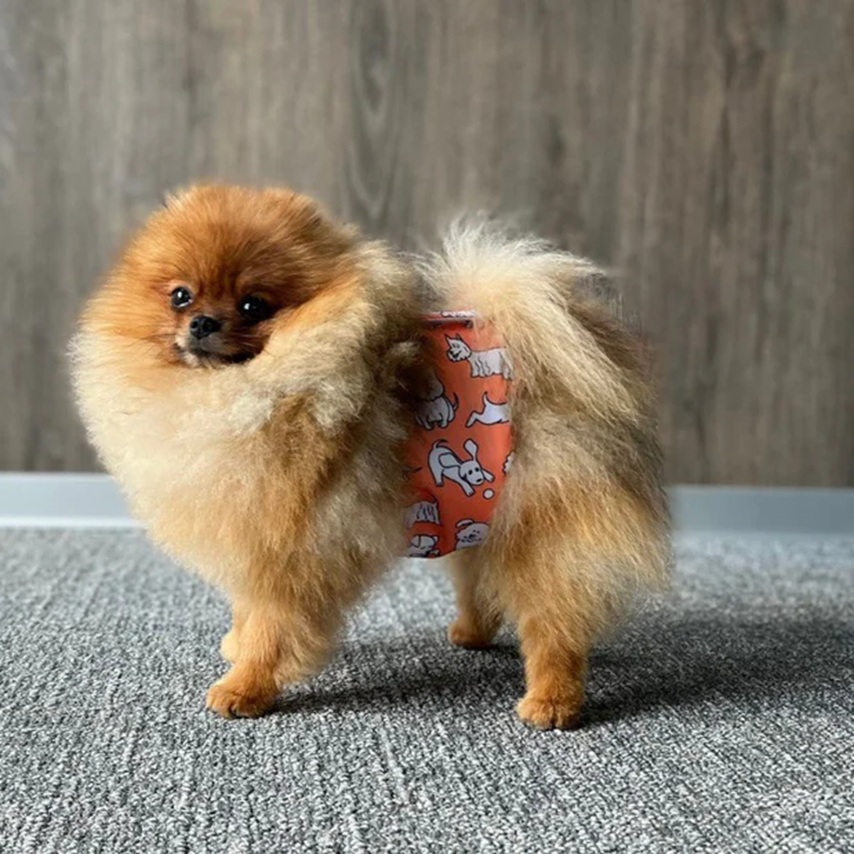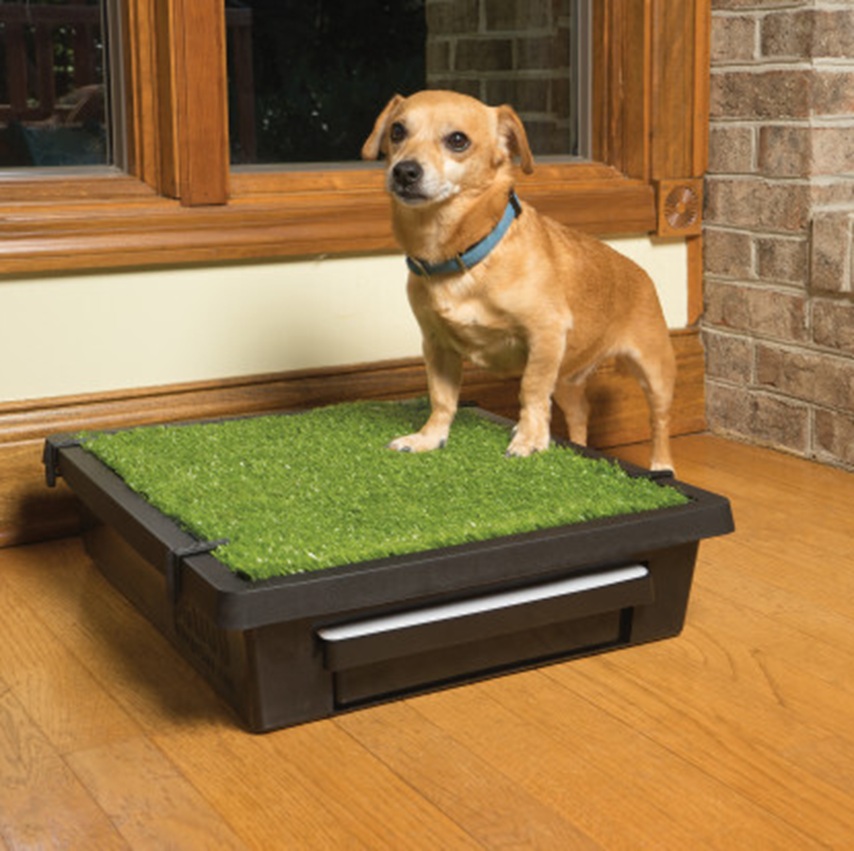Bringing home a new puppy is exciting, full of cuddles, playtime, and adorable moments. However, it also comes with responsibilities, and one of the first big ones is toilet training.
Teaching your pup where and when to go doesn’t just keep your floors clean, but it sets the tone for their behaviour as they grow. If a pet isn’t properly trained early on, they may continue to relieve themselves wherever they please, even into adulthood.
That’s why getting started with the right training routine from day one is important. I’ll walk you through how to make the process as smooth as possible for both you and your pet, so you can build good habits early and avoid messy mistakes later.
Importance of Toilet Training
Getting your pet comfortable with the idea of urinating in the right place is one of the most valuable skills you can teach them early on. It’s not just about keeping your home clean, but it’s also about helping them develop a natural rhythm so they know when and where it’s appropriate to go. Once they get the hang of it, you’ll notice far fewer “surprises” in your living room, car, or any other indoor spot you’d rather keep accident-free.
The benefits carry over well into adulthood, too. A well-trained dog can travel with you, visit friends, or stay in new places without causing any mess. And if your older pet suddenly starts having accidents indoors, it can be an important signal that something might be wrong with their health.
Dog Toilet Training Products
Helping your pup learn where to “go” doesn’t have to be a solo mission. There are plenty of handy tools that can make the process smoother and less stressful for both you and your furry sidekick.
Nappies and belly wraps

These versatile puppy toilet training products can be lifesavers for dog owners. They fit dogs of different shapes and sizes, and they can be handy for everything from house training to managing incontinence in older pets. Because they’re disposable, there’s no fuss with washing. Once they’ve been used, you simply toss them away. This makes them especially convenient for travel, recovery after surgery, or for dogs who may be marking indoors.
Crates
More than just a cosy sleeping spot, these dog pee training products can be a game-changer when teaching your dog good habits. Because dogs naturally avoid soiling the place they see as their “den,” a crate encourages them to hold it until you let them out. They’re easy to keep clean, available in sizes to fit any breed, and often come with rubber feet to protect your floors.
Puppy training pads
Perfect for apartment living or homes without garden access, you can place these absorbent puppy toilet training products anywhere you need them. They can work on their own or as a crate liner, and high-quality ones soak up a surprising amount before any leaks happen.
Puppy grass mats
If your little one needs to stay indoors, grass-style mats can be a more natural option. These dog toilet training products are antimicrobial to keep odours at bay, and you can trim them to fit your space. Cleaning is as easy as a quick rinse with soapy water.
Training sprays
Designed to prevent repeat accidents, these sprays use pet-safe essential oils to discourage dogs from returning to the same spot. These dog toilet training products can be used on different surfaces, indoors or out, and leave a scent that’s fine for humans but off-putting to pups.
Nighttime Training
Nighttime training can be a tricky part of raising a young pup, simply because their tiny bladders can’t make it through until morning. In the early weeks, it’s normal for them to wake up and need a quick trip outside. Letting them roam freely in a room overnight might seem fine, but it often leads to accidents in all the wrong places. That’s where a crate can be a game-changer.
If a little mess does happen, crates are much easier to clean, especially if you’ve lined the base with a puppy pad. And for busy owners, professional daycare or a dog walker can keep that routine going during the day, so your pup learns the same habits no matter where they are.
How Long Will It Take?
So, how long does it take to toilet-train a dog? There’s no magic number when it comes to getting a puppy fully house-trained, but most take somewhere between four and six months to get the hang of it. Some may even need closer to a year, especially smaller breeds with small bladders that require emptying more frequently. How long it takes can also depend on their past; if they’ve already had some early training, you might see progress faster.
The sweet spot to start is usually between twelve and sixteen weeks, when pups are just beginning to gain control over their bladder and bowels. Younger than that, accidents are simply part of the process, so patience is key. Those “train your puppy in a week” claims? Best to take them with a grain of salt.
Additional Tips

Here are a few extra pointers that can make the whole potty-training journey smoother:
- Stay consistent: Even when it feels like you’re taking two steps back, keep the routine the same. Young pups are still building brain connections, so patience pays off.
- Work with their age: Before twelve weeks, most aren’t ready for serious training. Older pups or adult dogs may need a bit more time to unlearn habits, so keep sessions frequent and focused.
- Use play as a reward: After they do their business in the right place, follow up with a fun play session so they connect good behaviour with happy moments.
- Try crate time for stubborn learners: A crate can encourage them to hold it in and let you know when they’re ready to go, making it easier to guide them to the right spot.
- Skip the punishment: Accidents happen, so respond calmly so they don’t develop fear. If they have a slip-up on the carpet or almost ruin your modern sofa, respond calmly so they don’t develop fear, which can slow progress.
